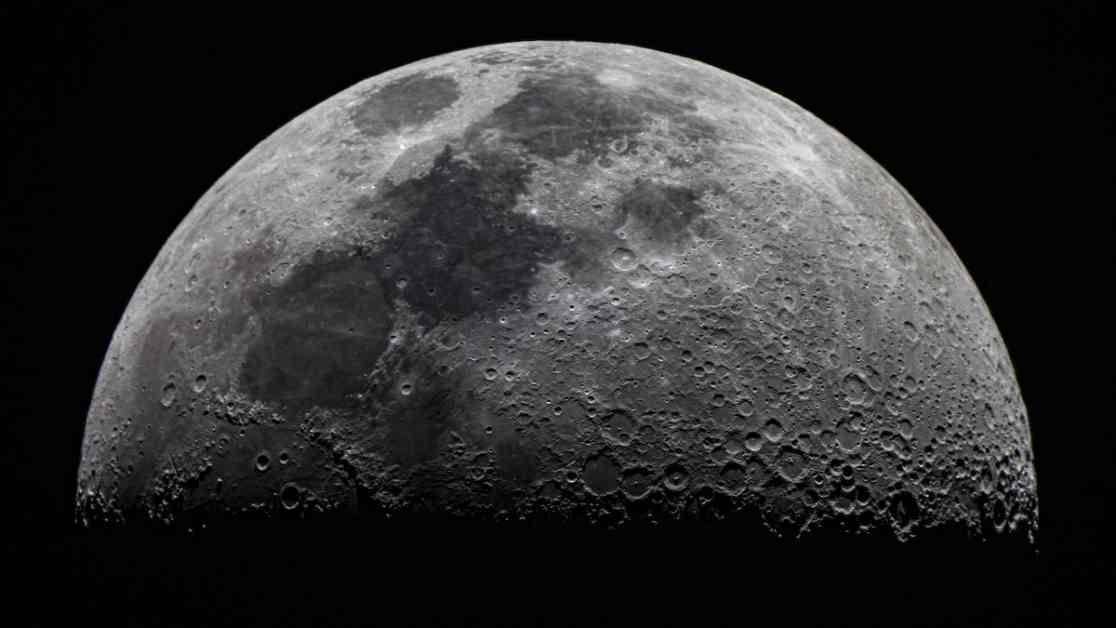Is the Moon Still Geologically Active? New Evidence Suggests Continued Volcanism and Tectonics
The moon, our celestial neighbor, has long been a source of fascination and mystery. While it may seem like a cold, barren world, recent discoveries hint at a more dynamic and active past than previously thought. Planetary scientists have uncovered intriguing evidence that suggests the moon is still geologically active, with ongoing volcanic and tectonic processes shaping its surface.
A team of researchers, led by Jaclyn Clark from the University of Maryland, made a groundbreaking discovery while studying the lunar far side. They identified 266 lunar “wrinkle ridges,” geological features that indicate recent tectonic activity. These ridges, formed within the past 160 million years, are a testament to the moon’s ongoing transformation.
Unraveling the Mysteries of the Moon’s Surface
Wrinkle ridges, a well-known phenomenon on the lunar near side, have long puzzled scientists with their origins and implications. The near side of the moon, visible to us on Earth, is marked by vast lava plains known as lunar maria, remnants of ancient volcanic activity. As the moon’s interior cooled over billions of years, these volcanic processes waned, leading to the formation of wrinkle ridges as the surface contracted.
The near side wrinkle ridges, stretching for miles and towering hundreds of yards high, bear witness to the immense geological forces that shaped them. However, the far side of the moon presents a different picture, with fewer lava plains and a distinct lack of these prominent features. This disparity has prompted researchers to delve deeper into the moon’s geologic history to unravel the mysteries of its surface.
Clues to the Moon’s Active Past
Using data from NASA’s Lunar Reconnaissance Orbiter, Clark and her team identified a surprising number of wrinkle ridges on the far side of the moon. These ridges, though smaller than their near side counterparts, provide crucial insights into the moon’s recent geological activity. By analyzing the age of these features through crater counts, scientists determined that the far side wrinkle ridges are between 84 million and 160 million years old.
This revelation challenges previous assumptions about the moon’s geological timeline, suggesting that volcanic and tectonic processes have been active much more recently than previously believed. The discovery of volcanic glass beads dating back 123 million years further supports this hypothesis, hinting at a moon that is still undergoing significant changes beneath its ancient surface.
The implications of these findings are far-reaching, with potential consequences for future lunar exploration and human activity on the moon. As the moon continues to contract and release internal heat, moonquakes may pose a hazard to astronauts and equipment on the lunar surface. Understanding the moon’s geologic processes is crucial for planning safe and sustainable missions to our nearest celestial neighbor.
In a groundbreaking study published in The Planetary Science Journal, Clark and her team have shed new light on the moon’s geologic activity and its implications for future exploration. Their findings highlight the dynamic nature of our moon and the ongoing processes that shape its surface, offering a glimpse into a world that is more alive and evolving than we ever imagined.
As we gaze up at the night sky and marvel at the beauty of the moon, let us also remember the hidden forces at work beneath its serene surface. The moon may be a silent observer in our cosmic dance, but its geologic activity tells a different story—one of constant change and evolution, waiting to be explored and understood.










